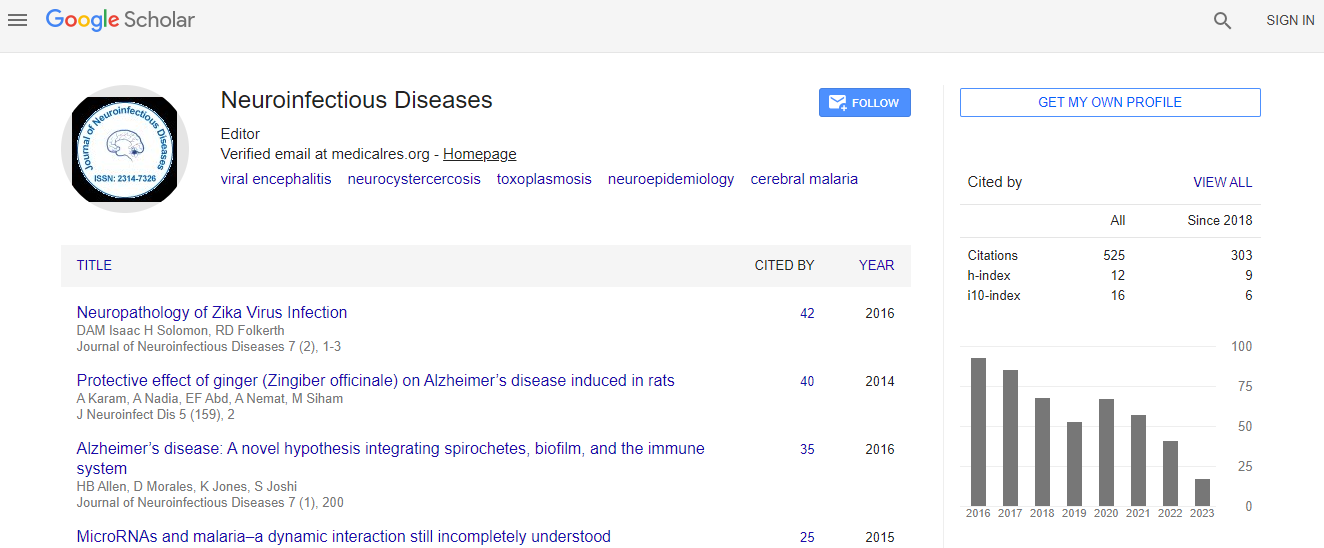Case Report
Cerebral Microsporidiosis Caused by Encephalitozoon cuniculi Infection in a Young Squirrel Monkey
K. Furuya1*, H. Sugiyama1, M. Ohta2, S. Nakamura2, Y. Une2, and S. Sasaki3
1Department of Parasitology, National Institute of Infectious Diseases, 1-23-1 Toyama, Shinjuku-ku, Tokyo 162-8640, Japan
2Laboratory of Veterinary Pathology, Azabu University, 1-17-71 Fuchinobe, Sagamihara, Kanagawa 229-8501, Japan
3Kashima Laboratory, Mitsubishi Chemical Medience Corp., 14 Sunayama, Kamisu, Ibaraki 314-0255, Japan
- *Corresponding Author:
- K. Furuya
Department of Parasitology
National Institute of Infectious Diseases
1-23-1 Toyama, Shinjuku-ku
Tokyo 162-8640, Japan
E-mail: kfuruya@nih.go.jp
Received Date: 7 July 2011; Accepted Date: 19 July 2011
Abstract
This is a case report of cerebral microsporidiosis found in a young squirrel monkey (Saimiri sciureus) in a colony located in Japan, which probably died of yersiniosis due to Yersinia pseudotuberculosis infection. The microsporidia, Encephalitozoon cuniculi, was detected in the brain of the yersiniosis-diseased monkey and was further characterized as a genetically unique type of strain III. The agent was microbiologically and genetically undetectable in other organs tested. Gram-positive organisms, which were confirmed immunohistochemically as Encephalitozoon spp. including mature spores, were histologically detected in pseudocysts formed inside neurons and in neuropils. Reactions in the surrounding tissue were not observed for most parasitized lesions. Neurons in the brain of younger hosts might provide a site for latent and active infection by E. cuniculi.
This is a case report of cerebral microsporidiosis found in a young squirrel monkey (Saimiri sciureus) in a colony located in Japan, which probably died of yersin-iosis due to Yersinia pseudotuberculosis infection. The microsporidia, Encephalitozoon cuniculi, was detected in the brain of the yersiniosis-diseased monkey and was further characterized as a genetically unique type of strain III. The agent was microbiologically and genetically undetectable in other organs tested. Gram-positive organisms, which were confirmed immunohistochemically as Encephalitozoon spp. including mature spores, were histologically detectedin pseudocysts formed inside neurons and in neuropils. Reactions in the surrounding tissue were not observed for most parasitized lesions. Neurons in the brain of younger hosts might provide a site for latent and active infection by E. cuniculi.

 Spanish
Spanish  Chinese
Chinese  Russian
Russian  German
German  French
French  Japanese
Japanese  Portuguese
Portuguese  Hindi
Hindi 
